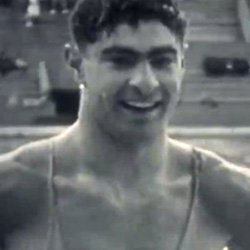 |
Alfred Nakache (2019) The name of Mark Spitz with his unprecedented seven gold medals and seven world records at the 1972 Munich Olympic Games stands out above all other achievements in Jewish sports history, but the title for the first great Jewish butterfly swimmer, belongs to another and this is his story. This is the story of French Algerian, Alfred Nakache. |
|
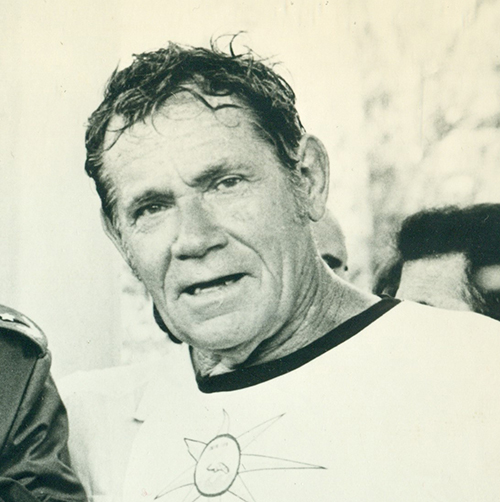 |
Walter Poenisch (2017) He was a baker, rodeo competitor and strongman who entered his first competitive swimming race in 1963, to show that a 50 year old man could be as active as young fellows. It was a 60-mile professional marathon swim in frigid Lake Michigan. While Walter Poenish failed to finish, he was hooked on the sport and left the water determined to swim an even greater distance for an even greater cause. |
|
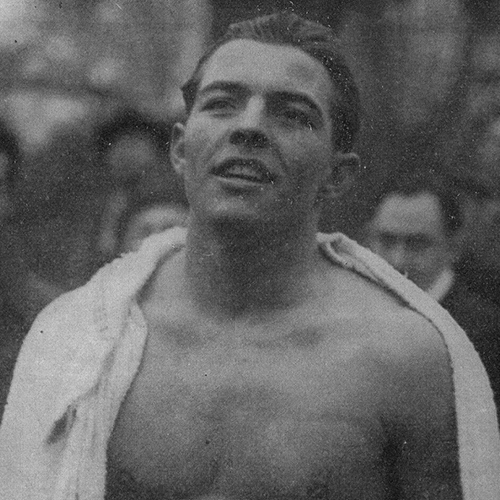 |
Georges Vallerey, Jr. (2017) In the early morning hours of the 8th of November, 1942, an armada of American destroyers, aircraft carriers and troop ships carrying 35,000 American soldiers approached the Moroccan coast under cover of darkness. Their mission was to destroy the French fleet guarding the port of Casablanca and occupy the city. The defending French warships were outgunned by the American fleet and as the battle ensued, several French vessels retreated into the harbor while under attack, hoping to avoid being sunk at sea. |
|
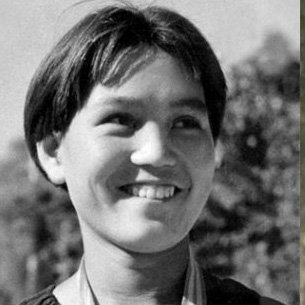 |
Zhang Xiuwei (2017) In 1958, when she was 14 years old, she knew nothing about diving and didn’t even know how to swim, but coaches saw something in Zhang Xiuwei that led them to select her for a beginning diving program in the city of Tianjin, China. Xiuwei progressed rapidly and a year later, training under coach Wu Chengxi, she was selected for the national training program in Beijing, with athletes from all over China. The program was overseen by Soviet diving experts and in 1960, Xiuwei won the national youth springboard championship at the age of 16. |
|
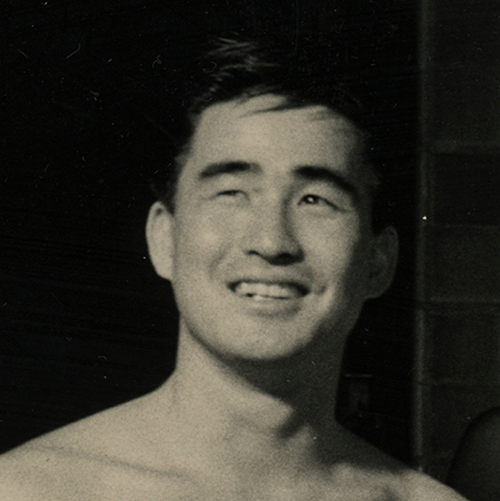 |
Takeshi Hirose (2017) He learned to swim in the irrigation ditches of Maui’s Pu’unene’s sugar plantation, where his parents worked as laborers. Watching over him and the other kids was Soichi Sakamoto, one of their elementary school teachers. |
|
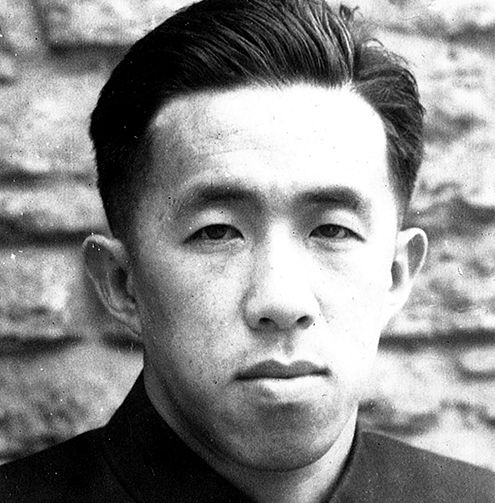 |
Wu Chuanyu (2017) The son of second-generation Chinese immigrants, from Fujian Province in southern China, Wu Chuanyu was born in Central Java, the Dutch East Indies, in 1928. Swimming came naturally to him and his friends, as the weather was hot, and there were wide rivers and a large pool near his home. Like many young boys his age around the world, he was inspired to become a champion swimmer by watching Tarzan movies, starring the American swimming sensation, Johnny Weissmuller. |
|
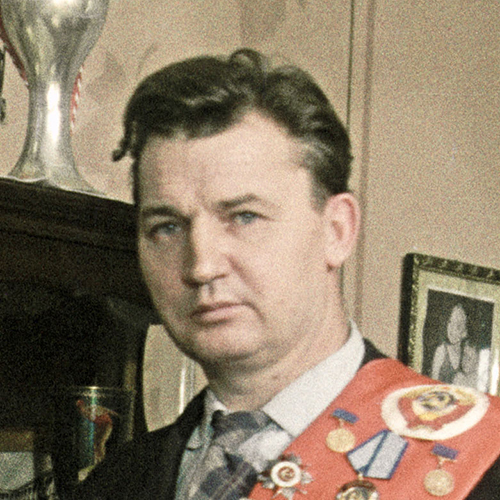 |
Lenoid Meshkov (2016) Following in the wake of Russia’s Simeon Boychenko was Leonid Meshkov. Born in Volgograd in 1916, he showed promise as a swimmer. In 1936 his family moved to Leningrad so he could train at the “Dolphin Sports Club.” In 1940, Meshkov, like Boychenko, broke the recognized world record in the 100-meter butterfly-breaststroke, and European records in the 200 and 400-meter freestyle. Also like Boychenko, his times were not recognized. |
|
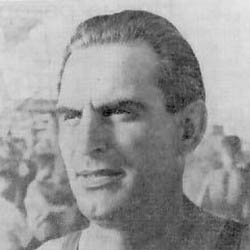 |
Simeon Boychenko (2016) Simeon Boychenko was a real-life sports idol to the Russian people in the pre-World War II era. Some thought he might become as famous as the American superstar, “Tarzan,” Johnny Weissmuller, but Simeon Boychenko had his own story to write. He was born in 1912 and grew up in the small village of Marievka in the Ukraine, on the Ingul River, where he spent a lot of time swimming as a child. |
|
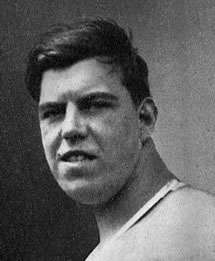 |
George Young (2014) In 1926, William Wrigley, Jr., the chewing gum magnate and owner the Santa Catalina Island Co., was looking for ideas that could bring more attention to the island’s mild winter climate. When word came that Gertrude Ederle had swum across the English Channel, Wrigley took note of Ederle’s stunning accomplishment but was particularly fascinated by the ticker-tape parade and worldwide press coverage that followed. |
|
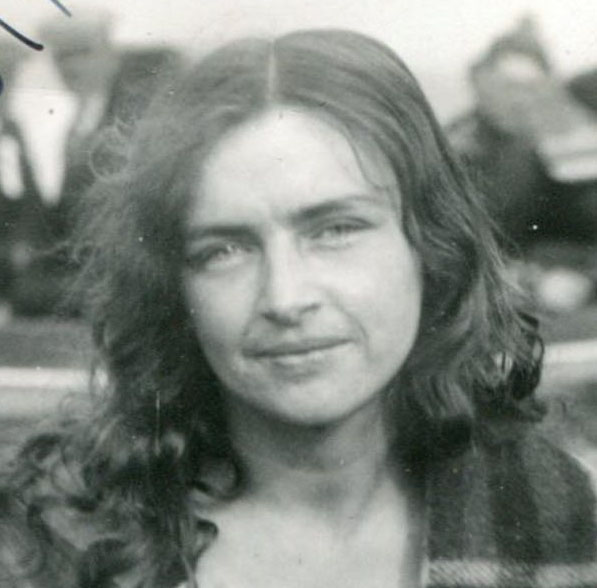 |
Mercedes Gleitze (2014) When Winston Churchill defined success as going from failure to failure without the loss of enthusiasm, he might have been thinking of Mercedes Gleitze. |
|
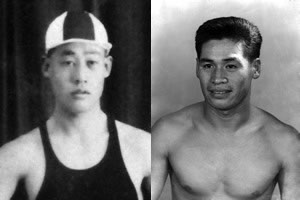 |
Mu Chengkuan (2013) Growing up in Tianjin, China Mu Chengkuan thrived in an era when China was adopting the western culture of physical fitness. He was a champion cyclist, a Kung-fu master and excelled as a swimmer. In 1941, he dared to challenge foreigners in a swimming match, which was the basis of a scene in the famous movie that was based on his life, “Enter the Water Dragon.” His victories over Western athletes boosted Chinese patriotism and Mu became a household name almost over night. |
|
 |
Mu Xiangxiong (2013) Growing up in Tianjin, China, Mu Chengkuan thrived in an era when China was adopting the western culture of physical fitness. He was a champion cyclist, a Kung-fu master and excelled as a swimmer. In 1941, he dared to challenge foreigners in a swimming match, which was the basis of a scene in the famous movie that was based on his life, “Enter the Water Dragon.” His victories over Western athletes boosted Chinese patriotism and Mu became a household name almost over night. |
|
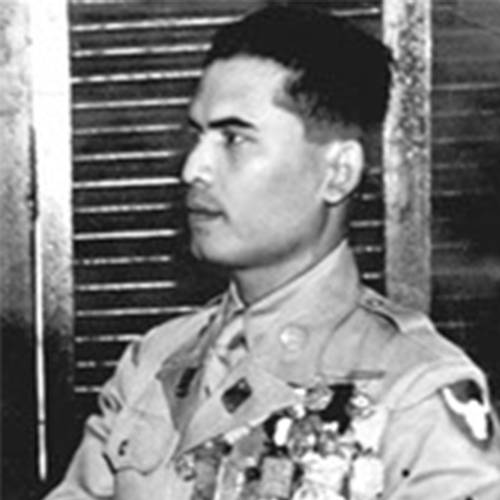 |
Teófilo Yldefonso (2010) Born 1903 in Piddig, Philippines, Teófilo Yldefonso learned to swim by teaching himself in the knee-deep Guisit River near his home. Orphaned at an early age, he and his brothers practically raised themselves. He swam every day in the river and would help the women cross and carry the clothes to wash. |
|
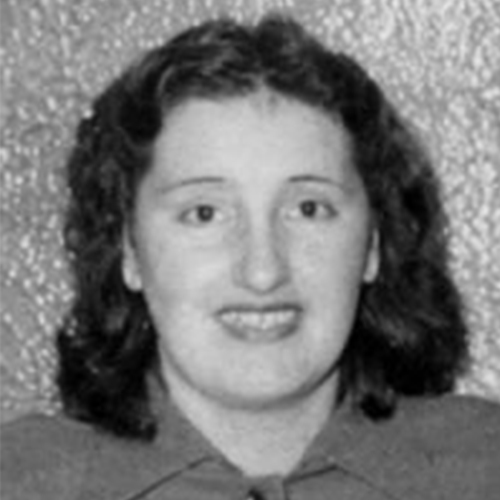 |
Iet van Feggelen (2009) For a 20-year period, Dutch backstroke swimmers held all the World backstroke records between Rie Mastenbroek, Nina Senff, Cor Kint and Iet van Feggelen in the 1930s, 1940s, and 1950s. |
|
 |
Sydney Battersby (2007) At his birth in 1887, the competitive swimming stroke of preference was the trudgen stroke. Sydney Battersby mastered it for his swimming. |
|